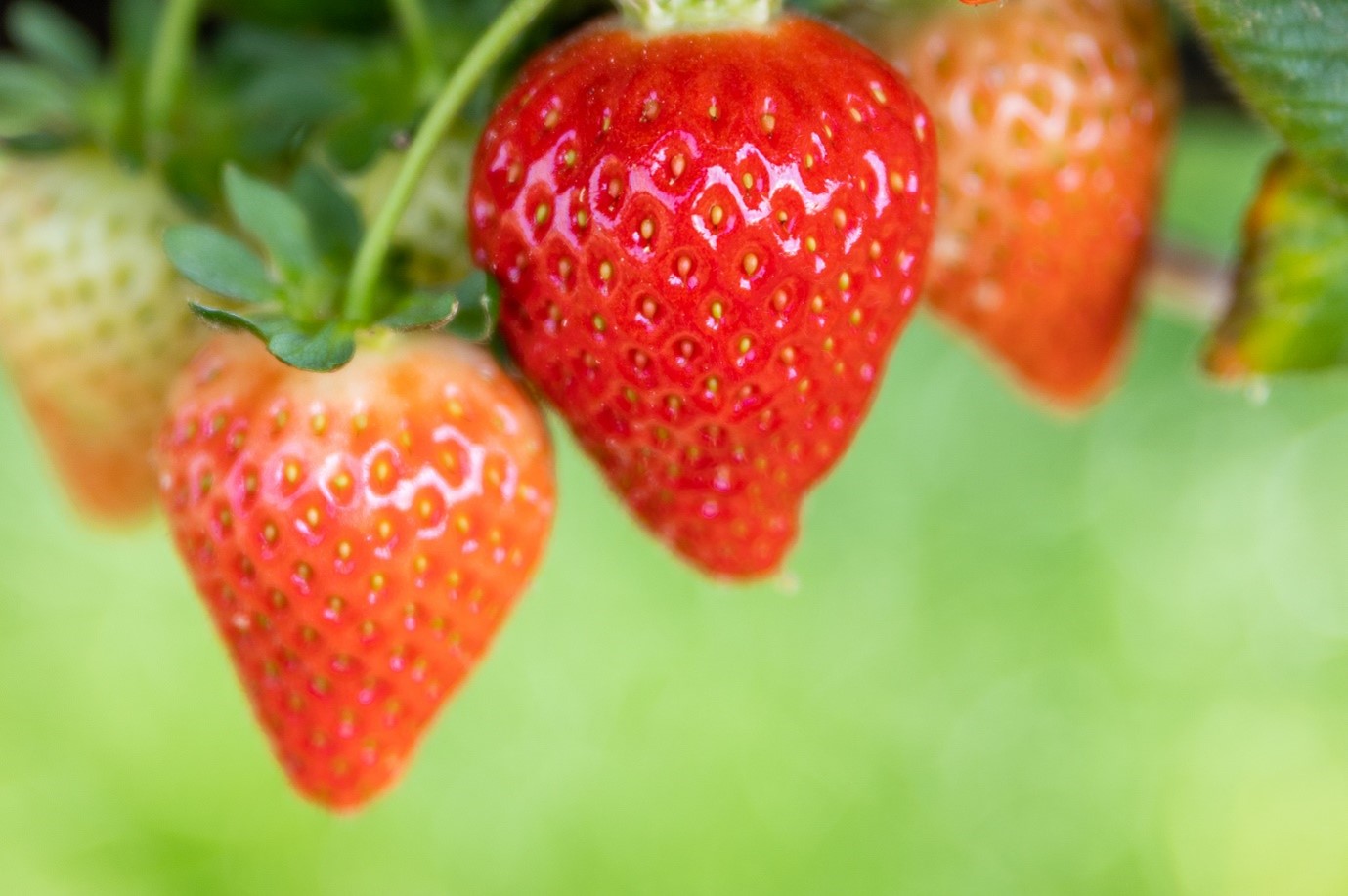In its rolling fields, the UK countryside is the setting to a busy horticulture industry. The pride and joy of this historical British establishment, UK horticulture, is much more than the familiar backdrop of the UK’s suburbs.
An emerging trend from UK horticulture has seen an eager push to spread awareness about the kinds of fruits and vegetables grown in the UK. The British public, as one trade paper notices, has trouble tracing the provenance of its preferred fruit and veg.
The avocado, for example, is a culinary phenomenon that originated from the tropical reaches of Southern Mexico. Whereas, because of the UK’s cooler climate, British farms are more capable of producing softer fruits like strawberries or raspberries in higher yields.
As support for one of the oldest British institutions grows, buying fruit from UK farms has become a source of pride for some, and a lifeline for fresh and healthy eating alternatives for many others.
What Fruit is Grown in the UK?
In the UK, fruit growing is a large industry with its key farms and produce. British fruit is generally a produce that is grown in outdoor environments, namely orchards or polytunnels. Changes in consumer tastes has helped this industry, especially softer fruits, to explore new and exciting heights.
The fruits mostly grown in the UK are decidedly non-tropical ones. The list consists largely of “soft” fruits and orchards fruits, including:
• Strawberries
• Raspberries
• Blackcurrants
• Apples
• Plums
• Pears
• Cherries
Yet, as the market is sizable and growing, there are few limitations on UK horticulture that has held back its productivity. The industry harvests its fruit through a variety of commercial farming activities, such as: stone fruit growing, citrus fruit growing, and grape growing.
Whilst more land in the UK is increasingly devoted to the production of British fruits, approximately 153,00 hectares, the trend has taken on a second energy from private growing – such as home growing initiatives.
How Has UK Horticulture Changed Over the Years?
Farm life moves through harvests in the UK, which is a periodic cycle where produce is picked, pulled, and packaged for broader consumption by the public. The productivity of a harvest can be influenced by the whims of nature, the demand on the UK food market, and other external forces.
Despite this unpredictability, between 2015 and 2020 the UK horticulture experienced an average growth of 3.3%. This is a compounding rate, expected to rise over the next five years, which sets up a healthy future prediction for the UK’s horticulture industry.
When is British Fruit Grown?
Whilst many places cultivate fruit, some farms are more successful at harvesting berries. Typically, the best time to harvest British berries is in the summer season running through to late autumn. However, as harvests can change for each fruit, it will depend on what you intend to pick. Strawberries, for example, are ripest in June, whereas, pears and quince can be found in November.
For many, valuable tips about harvesting fruit tend to focus on the best moments and places to pick and consume berries. Wild growing berries, for example, are often sour, whereas those grown through careful cultivation on a farm have a sweeter taste. Certain types of varieties, such as the Duke (a blueberry), are tastier a few weeks after they ripen.
British Fruits: The UK’s Juiciest Market
From farmland to retail, a thriving marketplace awaits the consumption of British fruit. For many, there is a very public affair for strawberries, raspberries, and a list of other soft fruits. Its availability and association with healthy diets has helped soft fruit, like strawberries, regain a popular craving in the UK. In a span of 19 years (between 1995 and 2015), studies have suggested that the British public’s consumption for strawberries climbed an impressive 150%. In the context of wider consumption habits in the UK, soft fruits are accredited with 22% of all fruit purchases from the same market.
Consumption for these fruits is partly so popular because of its key role in many recipes. From smoothies to fruit salads and decoration toppers on cakes, soft fruits in the UK have a new availability that has refreshed the role of UK farming in everyday diets.
The rise of British fruits in popular consumption can credit the arrival of a flurry of new juice bars in UK cities, as well as being a common snack for healthy offices departing from sugary counterparts. The common scene of farmers markets across the UK, in rural towns too, has also helped push the prevalence of soft British fruits.
The final push from supermarkets in those hotter months, eager to capitalise on shifting consumer trends, has helped to thrust soft British fruits to impressive sales, at times overtaking the value of vegetables. The effect of British fruit sales in more popular, commercial spaces has increased the market value of soft fruit.
Ultimately, the role of British farming has become, over the years, a source of local pride for many. Just as farmers markets, dedicated to fresh produce like berries and soft fruit spring up in number, the UK horticulture scene looks and feels to be living its best years.
Find out more about the British berries grown at Hall Hunter today.





